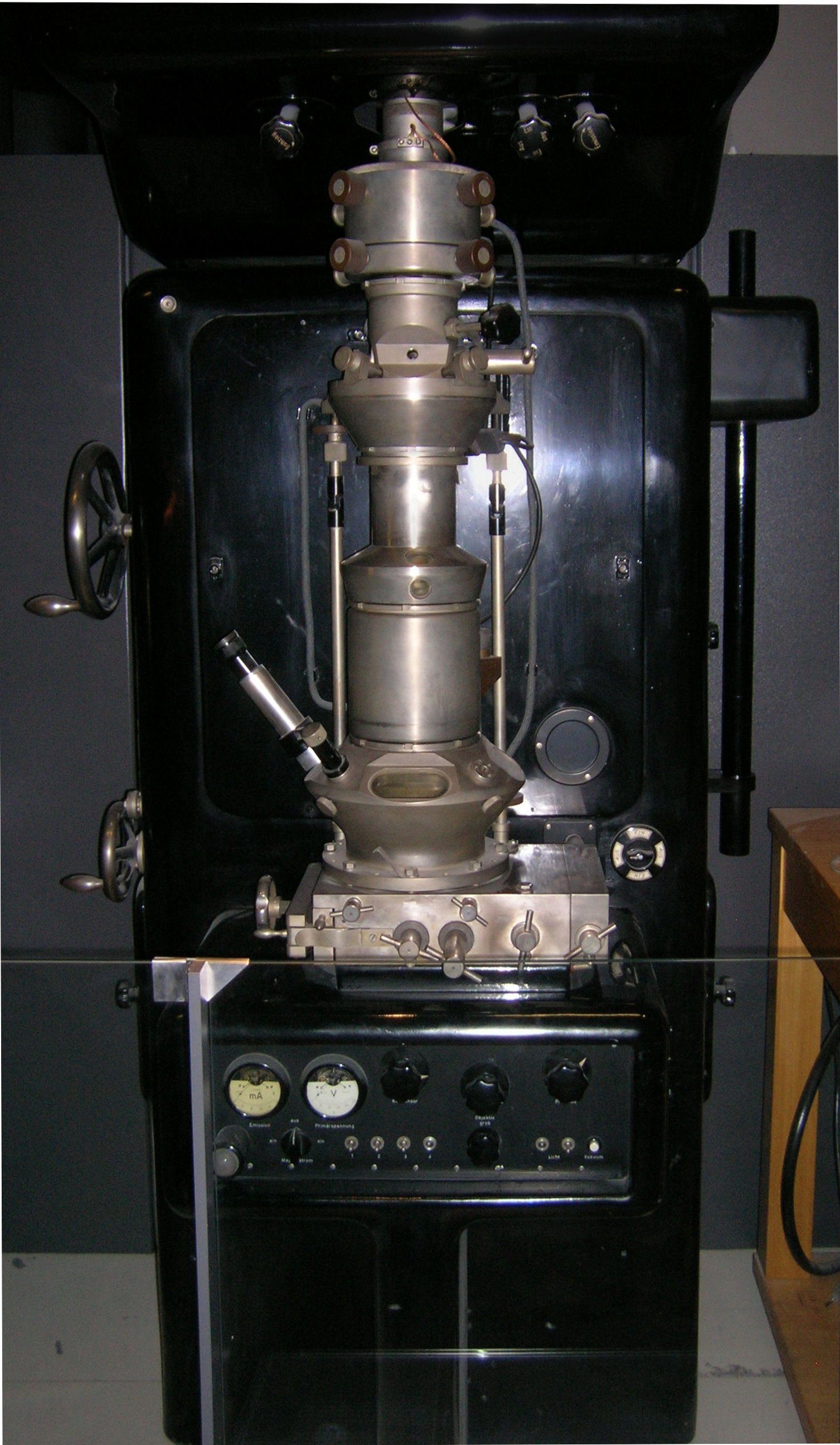 |
Convergent-beam Electron Diffraction
Convergent beam electron diffraction (CBED) is an electron diffraction technique where a convergent or divergent beam (conical electron beam) of electrons is used to study materials. History CBED was first introduced in 1939 by Kossel and Möllenstedt. The development of the Field Emission Gun (FEG) in the 1970s, the Scanning Transmission Electron Microscopy (STEM), energy filtering devices and so on, made possible smaller probe diameters and larger convergence angles, and all this made CBED more popular. In the seventies, CBED was being used for the determination of the point group and space group symmetries by Goodman and Lehmpfuh, and Buxton, and starting in 1985, CBED was used by Tanaka et al. for studying crystals structure. Applications By using CBED, the following information can be obtained: *parameters of the crystal lattice, sample thickness *strain distribution * defects such as stacking faults, dislocations, grain boundaries, three-dimensional deformations, lattice ... [...More Info...] [...Related Items...] OR: [Wikipedia] [Google] [Baidu] [Amazon] |
 |
Electron Diffraction
Electron diffraction is a generic term for phenomena associated with changes in the direction of electron beams due to elastic interactions with atoms. It occurs due to elastic scattering, when there is no change in the energy of the electrons. The negatively charged electrons are scattered due to Coulomb forces when they interact with both the positively charged atomic core and the negatively charged electrons around the atoms. The resulting map of the directions of the electrons far from the sample is called a diffraction pattern, see for instance Figure 1. Beyond patterns showing the directions of electrons, electron diffraction also plays a major role in the contrast of images in electron microscopes. This article provides an overview of electron diffraction and electron diffraction patterns, collective referred to by the generic name electron diffraction. This includes aspects of how in a general way electrons can act as waves, and diffract and interact with matter. It a ... [...More Info...] [...Related Items...] OR: [Wikipedia] [Google] [Baidu] [Amazon] |